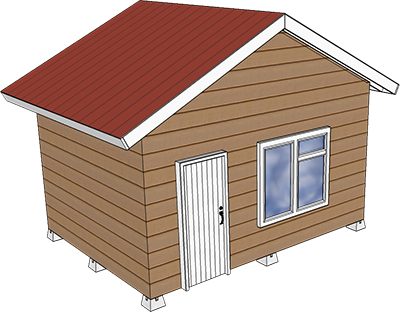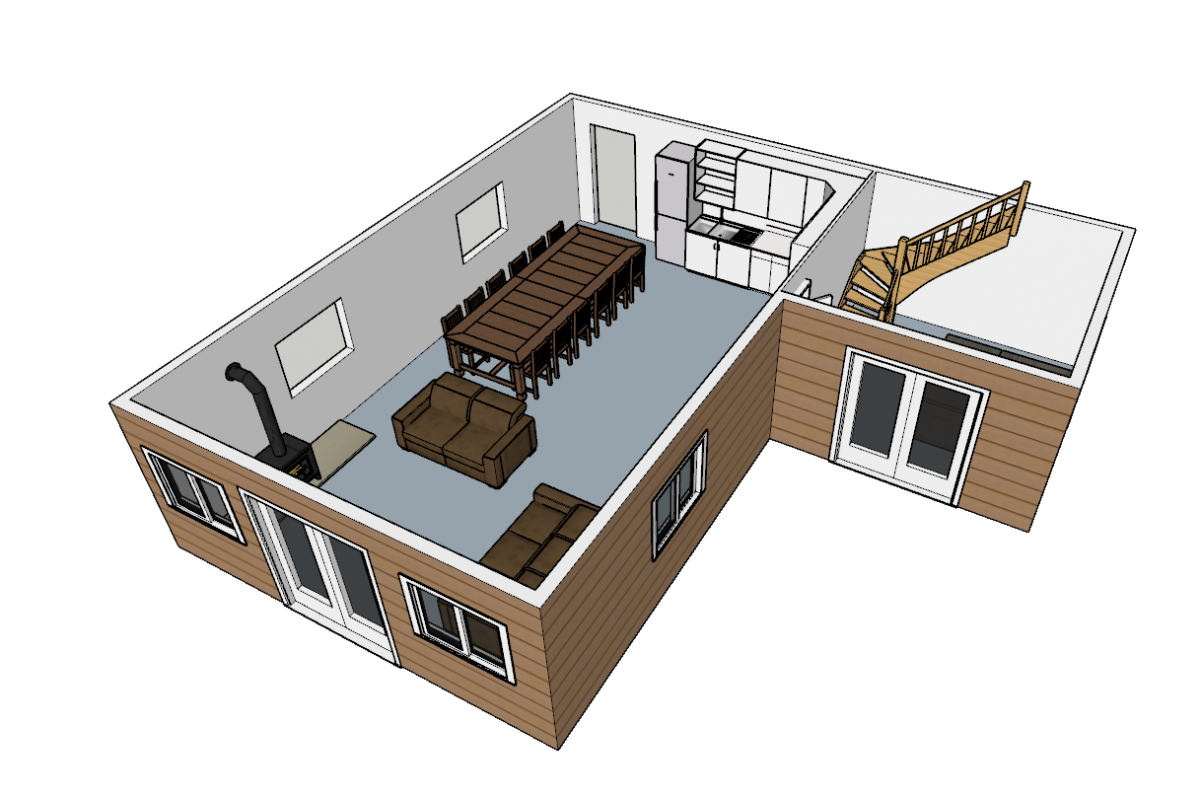Elk Bay Adventures - The Future
In late 2016, Elk Bay Adventures started a BC Provincial Crown Land Application to seek a suitable plot of land that could be used to create a base camp for visitors and students. After searching exhaustively across Vancouver Island for a location that met specific criteria, a location was identified north of Campbell River on the shores of Stella Lake.
The land had to meet certain criteria to be suitable for an education and learning centre:
Close to a major arterial highway
Necessary to bring visitors to the location, but more importantly close to a major transport route int he event of a medical emergency.
Located next to flat water
Many of the programs offered to visitors involve lakewater canoeing. In an effort to reduce the impact of transporting people and equipment to and from various paddling locations, a site adjacent to a lake makes more sense.
Close to areas of Karst
With an option to study caves and cave development, proximity to areas of karst with geological features is important.
First Nations Heritage
The site needed to be in an area where there is an abundance of First Nations cultural heritage that can be taught and learned.
A wilderness experience
It is important to provide visitors with a non-commercial and wilderness feel for their stay, to help understand the importance of the backcountry, while being close to transportation routes and a major city.
The Stella Lake location meets all of the criteria above and following more than a year of study, planning, business planning, site management planning, formal paperwork and a timber cruise, the application was fully submitted and published on the BC Province website. The plan includes the construction of five 12' x 16' sleeping cabins with basic bunk bed accommodation for visitors, a washroom block and a larger communal cabin that will house catering facilities, a formal dining room and a classroom area.

The specification for the site infrastructure has small-footprint buildings that include temporary foundations to have minimal impact on the site. All washrooms will drain into sealed tanks that will be pumped when necessary throughout the year. We aim to have a self-sustaining site, running on green energy from a wind turbine and solar panels embedded on the main cabin roof.
Visitors to the site will be able to enjoy the semi-wilderness location in relative comfort, with access to a number of trails within the property boundary that will allow visitors to walk through a combination of old growth stumps and second growth trees - some over 75 years old. The site also benefits from several important ecological habitats that can be used for study by visiting education groups.

